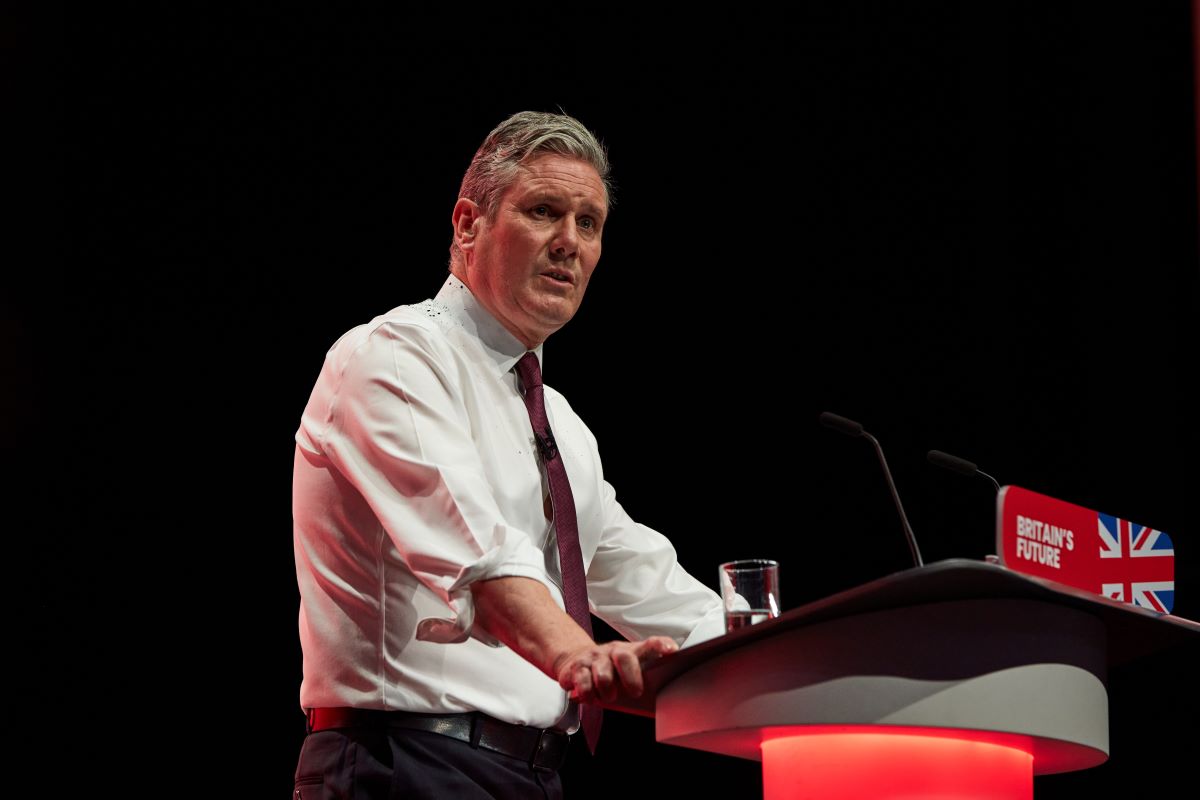
Of all the misquotes, ‘A week is a long time in politics’ is perhaps the most egregiously overused. But this week may well warrant a genuinely worthy deployment of the cliché.
On Friday last week, the Labour Party was having its first properly negative coverage for many months off the back of their decision to drop their £28bn green spending commitment. This was compounded over the weekend and in the early part of the week by the unacceptable comments of two Labour parliamentary candidates and the Party’s slow response to act.
Fast forward to the end of the week however, and political attention is back firmly on the Government. No movement in inflation prompting concern amongst mortgage lenders, a recession confirmed (with the underlying numbers not providing much cause for hope either) and now two significant by-election losses.
And it is to those two by-elections – Kingswood and Wellingborough – that we turn.
As has been already well-rehearsed across the media, a litany of records have been broken – the second biggest swing for Labour ever, the biggest fall in Tory vote share in a by-election since the second world war, the most seats lost in by-elections by the Conservatives in a single parliament (six of them under Rishi Sunak). The list goes on.
And as you delve into the numbers, there is very little solace for the Government. They will take some heart that Reform didn’t hit 15% in Wellingborough as some close to the campaign thought they might (though 10% in Kingswood should ring every alarm bell in CCHQ that Reform’s polling average is real).
And there is some argument that perhaps Labour should have achieved a bigger swing in Kingswood, but this really is thin gruel when it comes to good news for Sunak et al.
But overall, there really isn’t much more to say than a truly terrible night for the Government and a very very good night for the Opposition.
However, perhaps the more interesting takeaway from Kingswood and Wellingborough is the continuing evidence that a phenomenon known as ‘proportional swing’ is real and taking hold amongst the British electorate.
In simple terms, proportional swing means the further the Tories are ahead in any given constituency, the bigger the swing against them will be – it is the method used in large scale ‘MRP’ models that pollsters use to predict seat totals across the country.
We have seen evidence of this across the by-elections over the last 9 months – Selby, Tamworth and Mid Bedfordshire all suggested this phenomenon was real, and Wellingborough and Kingswood add to that evidence.
If proportional swing is indeed in play (as opposed to the more conventional ‘uniform swing’ where the swing in each constituency will be broadly the same across the country) then it could spell disaster for the Conservative Party. One model published using the Wellingborough proportional swing as its baseline puts the Labour Party on 560 seats to the Tories’ 15 at a General Election.
Of course, this is a ludicrous suggestion, and drawing inference of what will happen at a General Election from a single by-election is a fool’s game. But, if this phenomenon is real, it could cause Conservative MPs in what would traditionally have been classed as ‘safe’ seats to be in some trouble – and only add to the woes and despair of back (and front) bench Conservative MPs heading towards the next election.
Read more Insights & News
